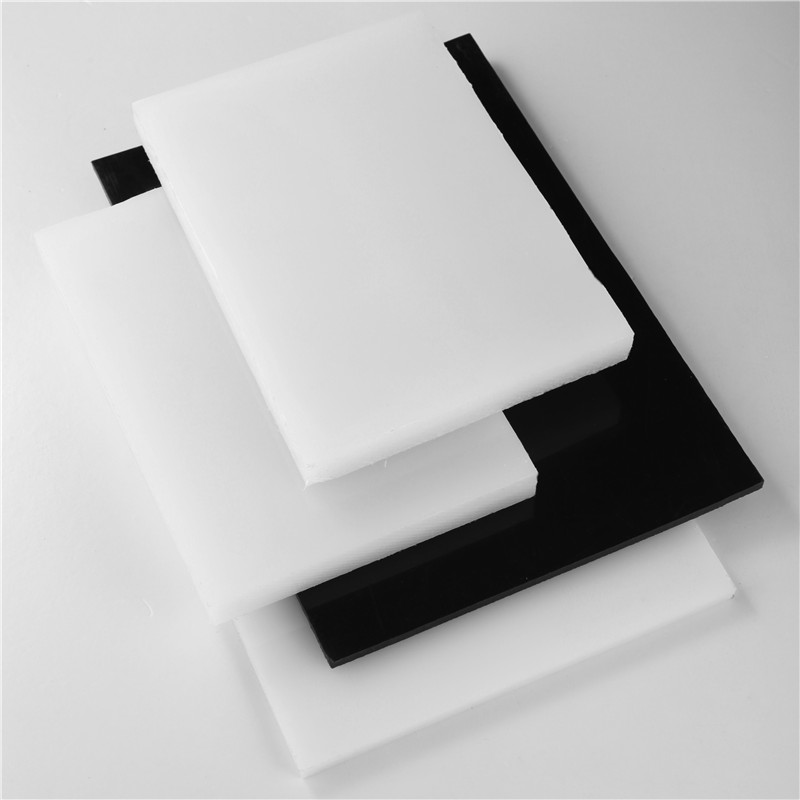Nov . 22, 2024 10:19 Back to list
thermoplastic welding rod
Understanding Thermoplastic Welding Rods Applications, Materials, and Techniques
Thermoplastic welding rods are essential tools in various industrial applications, particularly in welding processes involving thermoplastic materials. These rods are designed to fuse thermoplastics by providing the necessary filler material to create strong, durable joints. This article will delve into the types of thermoplastic welding rods, their applications, the materials involved, and the techniques used in welding thermoplastics.
What are Thermoplastic Welding Rods?
Thermoplastic welding rods are cylindrical materials made from thermoplastics, which are polymers that become pliable when heated and harden upon cooling. Unlike thermosetting plastics, which irreversibly cure during the manufacturing process, thermoplastics can be remelted and reshaped multiple times. This favorable property makes thermoplastic welding rods ideal for a range of welding applications.
Materials Used in Welding Rods
The most common thermoplastic welding rods are made from materials such as polyethylene (PE), polypropylene (PP), polyvinyl chloride (PVC), and acrylonitrile butadiene styrene (ABS). Each of these materials has unique characteristics that make them suitable for specific applications
1. Polyethylene (PE) Known for its excellent chemical resistance and flexibility, PE welding rods are often used in the construction of tanks, pipes, and other structures where durability is essential.
2. Polypropylene (PP) This material has a higher melting point than PE, making it suitable for applications that require heat resistance. It is commonly used in automotive and industrial applications.
3. Polyvinyl Chloride (PVC) PVC rods are favored for their rigidity and resistance to various chemicals. They are often used in plumbing and electrical applications.
4. Acrylonitrile Butadiene Styrene (ABS) ABS welding rods are known for their toughness and impact resistance. They are frequently used in applications like automotive parts and consumer goods.
Applications of Thermoplastic Welding Rods
thermoplastic welding rod

Thermoplastic welding rods are utilized across numerous industries, including
- Construction Used for joining sheets and welds in roofing membranes, geotextiles, and liners for landfills and ponds. - Automotive Employed in repairing or fabricating parts, especially in the assembly of plastic components. - Electronics Used for joining and repairing casings, connectors, and various plastic parts. - Plumbing Ideal for creating leak-proof joints in pipes and fittings made of thermoplastic materials.
Welding Techniques Using Thermoplastic Rods
Several techniques can be employed when using thermoplastic welding rods, including
1. Hot Air Welding This method utilizes a hot air gun to heat both the base material and the rod. As the materials soften, the rod is introduced to create the weld. This technique is commonly used for larger pieces and offers good control over the welding process.
2. Extrusion Welding In this technique, a welding extruder feeds the thermoplastic welding rod through a heated nozzle, allowing for continuous welding. This is especially useful for long seams or when working on large surfaces.
3. Resistance Welding This process involves applying pressure while passing an electrical current through the joint. The heat generated at the interface causes the thermoplastic materials to melt and fuse together.
4. Ultrasonic Welding Utilizing high-frequency ultrasonic vibrations, this method creates localized heat to join thermoplastic materials. It's often used for thin-walled components and provides minimal thermal distortion.
Conclusion
Thermoplastic welding rods are indispensable in various industries, offering a versatile solution for joining thermoplastic materials. Understanding the different types, materials, and welding techniques can enhance the quality of welds and ensure the durability of the final product. As performance and efficiency continue to evolve in industrial practices, thermoplastic welding rods will remain a fundamental component in the evolving landscape of manufacturing and repair processes.
-
High-Quality PPR Pipes and Fittings Durable ERA PPR & PVC PPR Solutions
NewsJul.08,2025
-
Black HDPE Cutting Board - Durable, Non-Porous & Food Safe HDPE Plastic Cutting Board
NewsJul.08,2025
-
High-Quality CPVC Panel Durable HDPE & PVC Panels Supplier
NewsJul.08,2025
-
Double PE Welding Rod Supplier - High Strength, Durable & Versatile Welding Solutions
NewsJul.07,2025
-
High-Quality PVC-O Pipe Supplier Durable 75mm PVC Pipe & Connections Leading PVC Pipe Company
NewsJul.07,2025
-
HDPE Drainage Pipe Supplier – Durable & Corrosion-Resistant Solutions
NewsJul.06,2025

